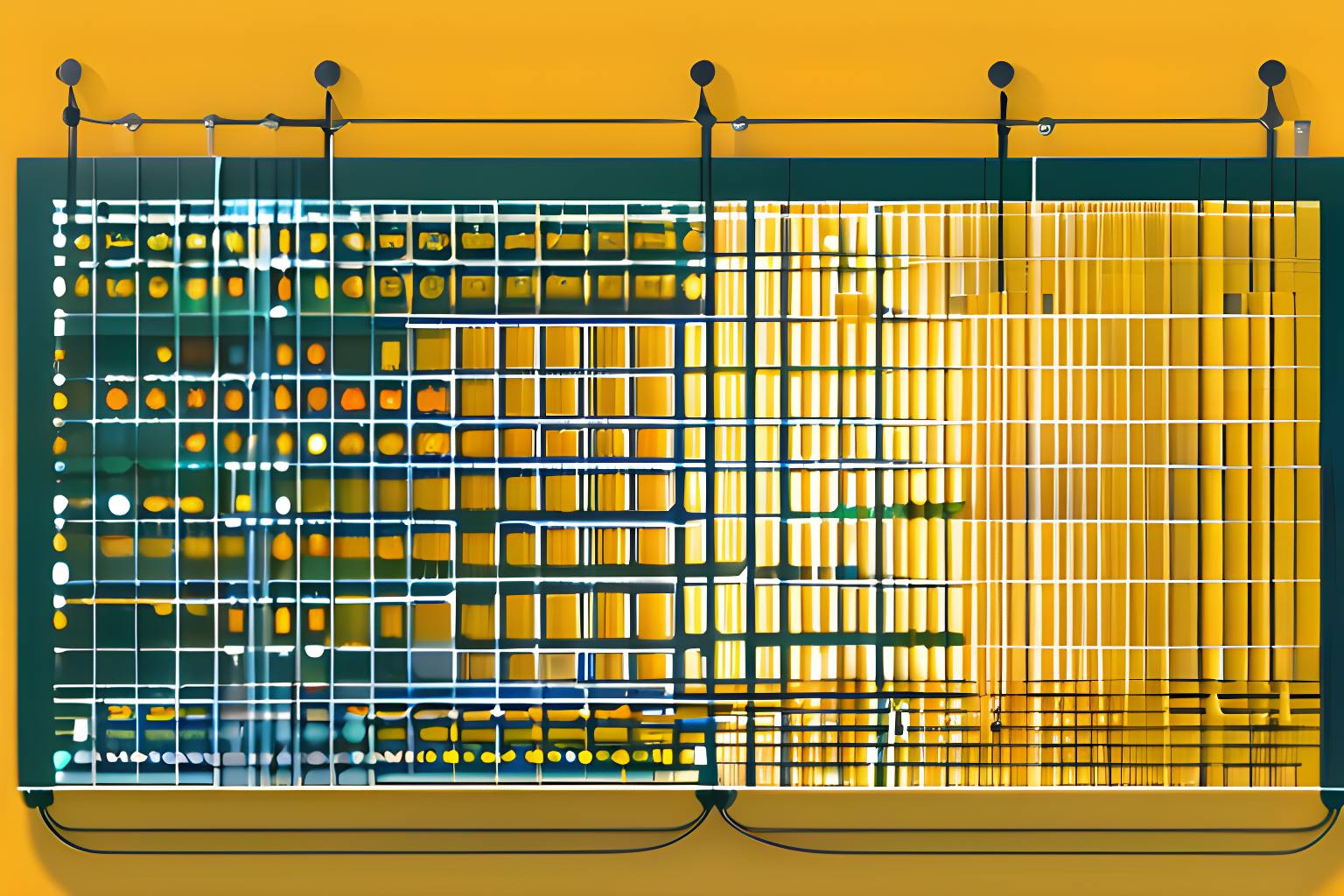186 reads
SEC v. Ripple: XRP's Founders Wanted to Create a Faster, Cheaper Alternative to Bitcoin Blockchain
by
October 6th, 2023
Audio Presented by

Legal PDFs of important tech court cases are far too inaccessible for the average reader... until now.
About Author
Legal PDFs of important tech court cases are far too inaccessible for the average reader... until now.
